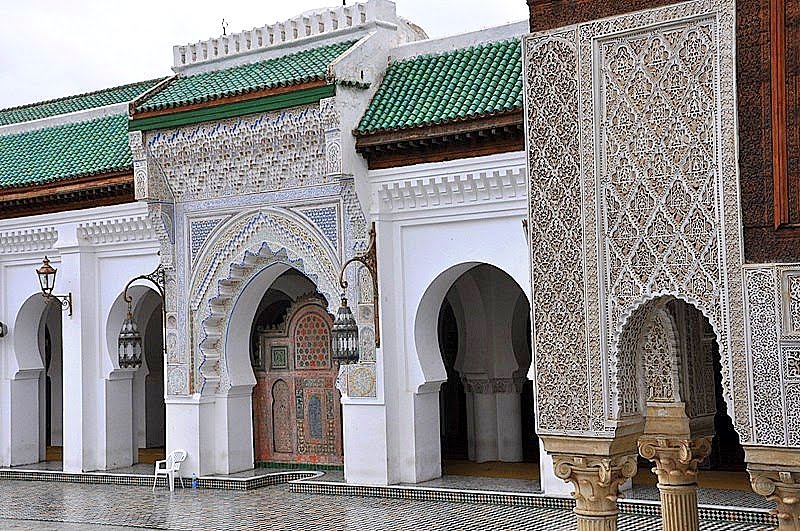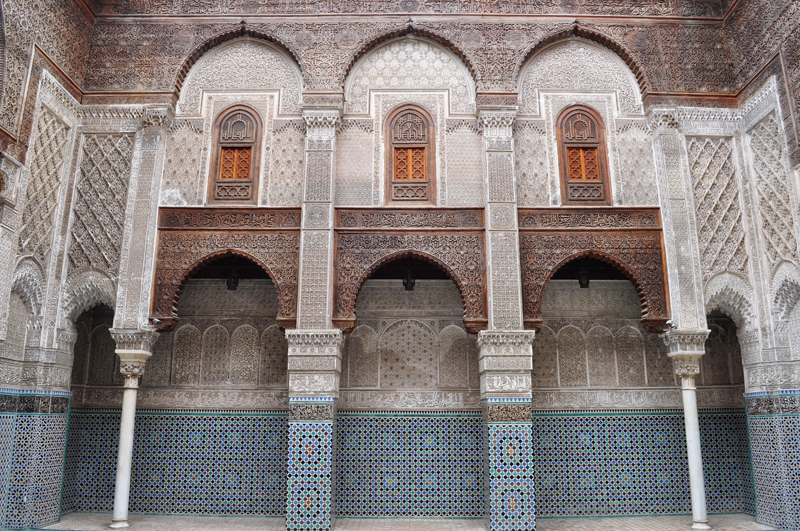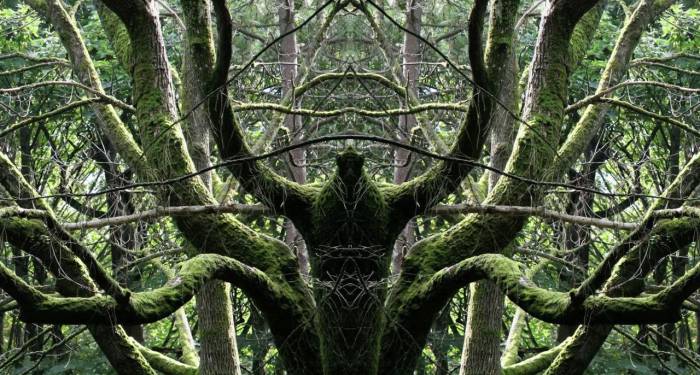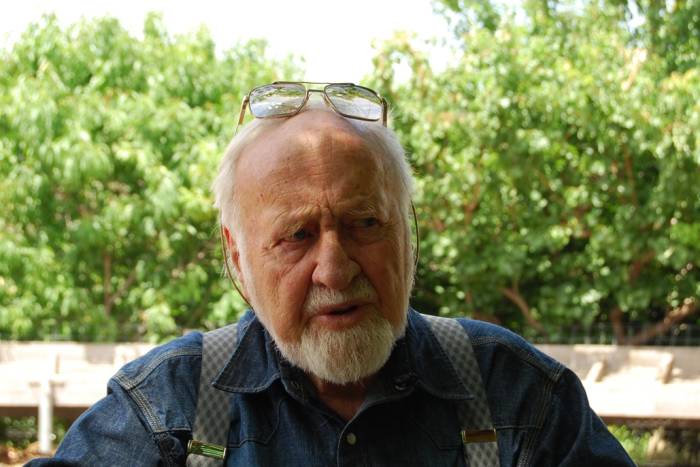How the World’s Oldest Library was Restored
The al-Qarawiyyin in Fez, Morocco, recovered all of its splendor and re-opens its doors to the public in 2016.
This year, the oldest library in Africa will re-open to the public. And it’s not only the world’s oldest operating library, but also one of the most beautiful of its kind. In Fez, Morocco, the al-Qarawiyyin was founded in 859 and contains manuscripts up to 12 centuries old. And though it never stopped receiving visitors, the buildings had fallen into such disrepair that in 2012 the Moroccan Ministry of Culture asked the architect and TED Fellow Aziza Chaouni to rehabilitate the library for the general public.
This story has two big surprises. The first is that al-Qarawiyyin was built by a woman, which challenges the common assumptions about women’s contributions to Muslim civilization. The second is that the restoration of the library was enormously successful. The result is true beauty.

The al-Qarawiyyin, which includes a mosque, a library and a university was founded by Fatima Al-Fihri, the daughter of a rich merchant in al-Qayrawan, which is today’s Tunisia. The resulting library, according to UNESCO, welcomed high profile students. Among them the mystic poet and philosopher, Ibn Al-Arabi, in the twelfth century, and historian and economist, Ibn Khaldun, in the fourteenth century. In the Middle Ages the library played an important role in the transmission of knowledge between Muslims and Europeans.

Turning to the architecture, the library consists of several buildings interconnected by bridges. Each bridge was placed at a different level on the side of the mountain. Between them are courtyards with fountains and inside are reading rooms, a conference room, a laboratory for the restoration of manuscripts, administrative offices and a cafeteria. Chaouni’s challenge was to find similar materials to replace broken or missing pieces of mosaics, and to clean the plaster reliefs without breaking them. But in the process he found several surprises:
One of the startling aspects about restoring a building this old is that you never know what’s behind a wall. You could scrap it and find a painting, take out the painting and find a door — and so on. We discovered some unexpected things, especially underground, such as a centuries-old sewage system.

As of May 2016, the public can again walk through the beautiful complex that not only retains the past, intact, but which serves modern needs with databases and sustainable technologies such as solar panels and water collection for irrigation. Chaouni Aziza’s work, which lasted more than four years, is invaluable for the preservation of Muslim culture and, of course, the world’s culture, aesthetics and knowledge, too.
Related Articles
Why shrinking the size of life is synonymous of well-being
One of the great misunderstandings regarding modern spirituality is that to achieve it requires many things: readings, food, exercise, travel, groups and techniques. But perhaps it should be suggested
What is energy medicine yoga?
Energy Medicine Yoga (EMYoga) is slightly different from other types of Yoga, but it provides the same benefits in addition to a few very specific ones. One of them is that it gives you much more in
Red tea, the best antioxidant beverage on earth
Red tea is considered to be the most unusual of teas because it implies a consistently different preparation process. ––It is believed that its finding came upon surprisingly when traditional green
Is the internet on the verge of self-awareness?
More than 50 years ago, Marshall McLuhan described technology as an extension of our brains, constantly mutating and branching out. “These new media have made our world into a single unit,” the
How art can help us to age, healthy
Perhaps many of us already well know the formula for aging in health and wellness. A balanced diet and, as much as possible, one that’s natural. Keep our brains active and stimulated. Preserve and
Earthanima: documenting the living language of nature
The basic intuition that the Earth is alive and that nature has a language through which it communicates with us is what prompted this wood-art project named Earthanima. For the past couple of years
Dialogue with the Dalai Lama on science and spirituality
The Dalai Lama has been interested in science since he was a child. Over the years he’s visited many laboratories and has attended conferences that discuss consciousness from the scientific point of
Brian Eno's literary recommendations to rebuild society
Artists and authors often get asked what books or records they’d take with them to a deserted island. On principle, this is naturally an extreme anthology: urgency and tragedy guide its selection. It
Bill Mollison, natural ideologue and father of permaculture
Permaculture has established itself as a path towards communitarianism, but one that is in full symbiosis with nature. In practice, it is more than just a combination of agriculture, horticulture
A New Year's resolution for the earth
Worrisome quantities of waste are generated by human populations. Especially in cities, these have reached unprecedented and alarming levels. A largely uncontrolled practice, it affects everything on










